Introduction
In the dynamic world of e-commerce, developing a successful app requires a careful balance of innovation and precision. To stand out in this competitive landscape, it is crucial to understand your niche and target audience. By honing in on their unique needs and preferences, you can tailor your features, design, and marketing strategies to meet their specific requirements.
This article explores key steps in e-commerce app development, must-have features for mobile apps, user-centric design, secure payment gateway integration, personalization and customer engagement, scalable architecture, regular updates and maintenance, social media integration, and best practices for success. By following these guidelines, businesses can create e-commerce applications that not only resonate with users but also drive growth and success in the digital marketplace.
Identifying the Niche and Target Audience
Understanding your audience is the cornerstone of e-commerce application and web development. A prime example of precise targeting is Gothrider Coffee, a brand that honed in on its unique market by offering an edgy, rebellious aesthetic to coffee enthusiasts. Likewise, an app idea that enables individuals to encounter past and upcoming occurrences exemplifies the significance of catering to a particular interest or pastime. Taxi For Sure also highlights the crucial importance of identifying a target market, as they underwent a significant change in their business trajectory after recognizing a frequent user among their client base.
Identifying a niche market involves recognizing a unique subgroup with its own distinct needs and preferences. This process is not just about gathering data but interpreting it to discover patterns and forecast trends. For instance, IMARC Group's expertise in providing comprehensive market intelligence illustrates the importance of in-depth research. Their approach underscores the significance of revisiting and reanalyzing data to extract deeper insights beyond the initial findings.
Based on market research, it is crucial to collect demographic data to comprehend the possibilities and constraints for attracting clients. Questions about demand and market size are essential to ascertain the interest in your product or service. With the expansion of online shopping and the rise of mobile devices, companies now have unparalleled chances to engage with a worldwide audience. But the key to leveraging this potential is to know your ideal customers and cater to their specific needs and behaviors.
In summary, whether you're developing a specialized online app or expanding your online presence, customizing your features, design, and marketing strategies to meet the specific requirements of your target audience is vital for success.
Key Steps in E-commerce App Development
Crafting an e-commerce application is a meticulous process that begins with crystallizing your vision for the app. By identifying specific problems your app will solve or improvements it can make in the marketplace, you set a solid groundwork for development. Tailoring a user-friendly interface is paramount, as it facilitates customer engagement and retention. Incorporating secure payment gateways is not just about security; it's about trust and smooth transactions. Performance and load speed optimization are crucial to satisfaction, directly impacting your e-commerce success. Thorough testing guarantees dependability and top-notch user outcomes. On the marketing front, strategies must be innovative and responsive to rapidly changing consumer behaviors, as seen in the trajectory of brands like Gothrider Coffee, which leveraged unique product bundling to enhance value and customer satisfaction. In the ever-changing online shopping industry, where industry leaders like Amazon continuously establish high benchmarks with events like the Great Indian Festival, and motivating anecdotes arise from platforms like Flipkart, it's evident that a dedication to ongoing enhancement and a sharp focus on market opportunities are crucial for success in this realm.
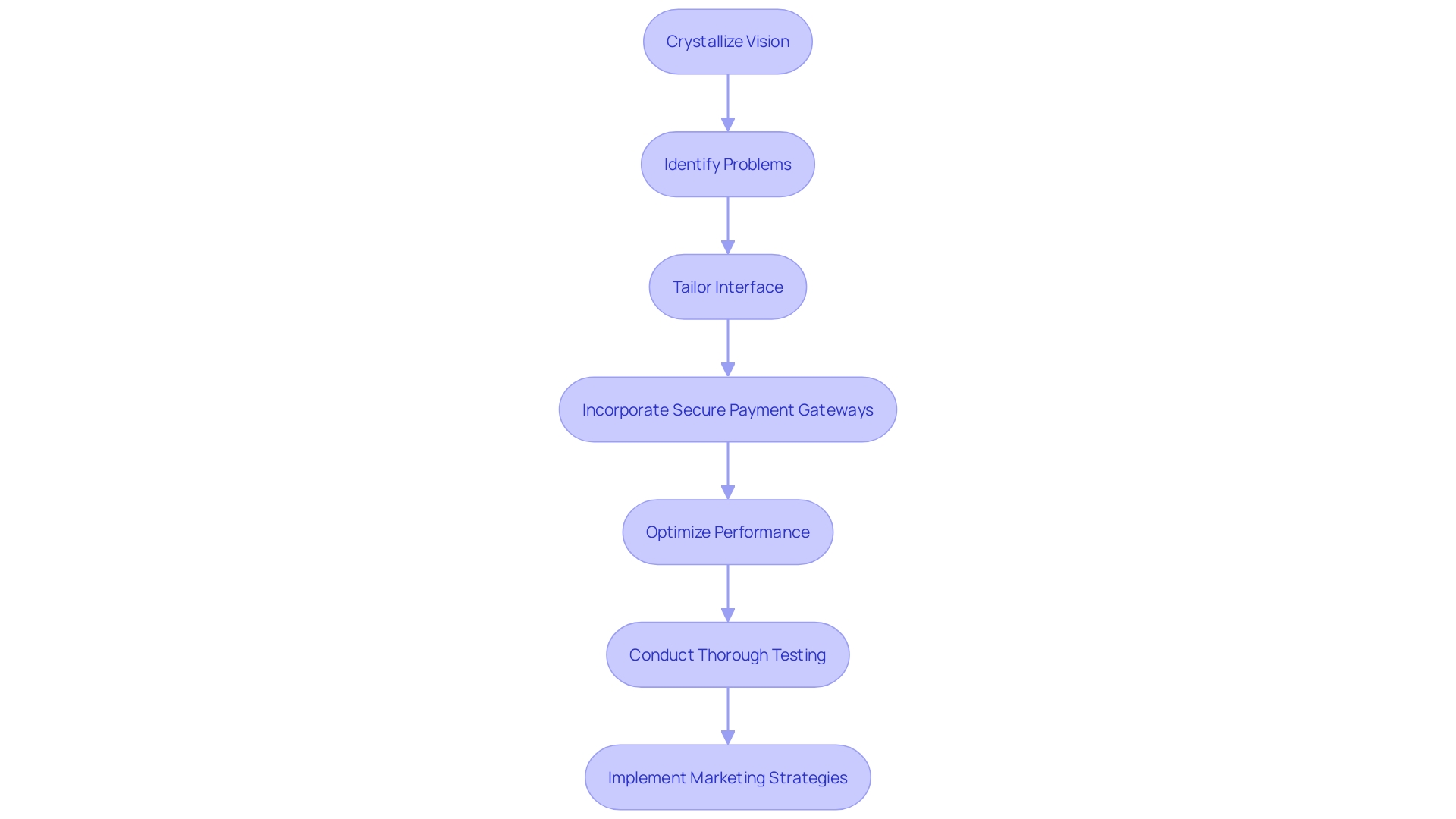
Must-Have Features for E-commerce Mobile Apps
To excel in the perpetually evolving realm of e-commerce, your application must offer an exceptional user journey and robust functionality. Key features to incorporate include user registration and login for personalized experiences, advanced product search and filtering to swiftly navigate your offerings, and detailed product descriptions paired with genuine reviews to guide purchasing decisions. Shopping cart and wishlist capabilities are vital for convenience, while a secure checkout process ensures trust and safety. Real-time order tracking and push notifications keep customers informed and engaged with their purchases and your promotions. Leveraging these features sets the foundation for a user-centered shopping journey, meeting the high expectations of today's mobile-first shoppers.
Incorporating artificial intelligence can further enhance personalization and efficiency, providing a tailored shopping experience for every individual. As mobile devices continue to dominate digital interaction, a seamless mobile UX is not just desirable but essential. Statistics show that over 50% of users will reject a brand with a poorly designed mobile site, and those with fast-loading mobile sites see a 15% higher conversion rate. By prioritizing a mobile-first approach and optimizing for speed and ease of use, you position your brand for success in the competitive online business sphere.
User-Centric Design and Performance Optimization
To thrive in the dynamic realm of e-commerce, applications must prioritize user-centric design. This approach was exemplified by Ripley, a major retailer in Chile and Peru. Their dedication to improving the mobile shopping experience led to the development of an app with a user-focused design, aiming to deliver quick, easy, and reliable service. The project began with a Lean Inception week, resulting in clearly defined objectives and a blueprint for the Minimum Viable Product (MVP). A collaborative effort between Ripley and Thoughtworks, the process involved comprehensive user research for each section of the application and adopting best practices to maintain a cutting-edge tech stack. This strategy is in line with current e-commerce trends, where personalized and efficient interface design is paramount. It is essential to create an application that not only looks appealing but is also intuitive to navigate. Performance optimization is crucial; reducing load times and ensuring seamless functionality across various devices and operating systems can greatly enhance productivity. Incorporating a 'recommended for you' section can add a personalized touch, fostering customer loyalty. Additionally, providing multiple payment options caters to consumer preferences, facilitating a smoother transaction process. Regular usability testing to solicit user feedback and implementing necessary enhancements are vital steps in refining the user experience, as seen in Ripley's commitment to evolving their online presence. The emphasis on user-centric design is more than just a trend; it's a cornerstone for success in today's digital marketplace.
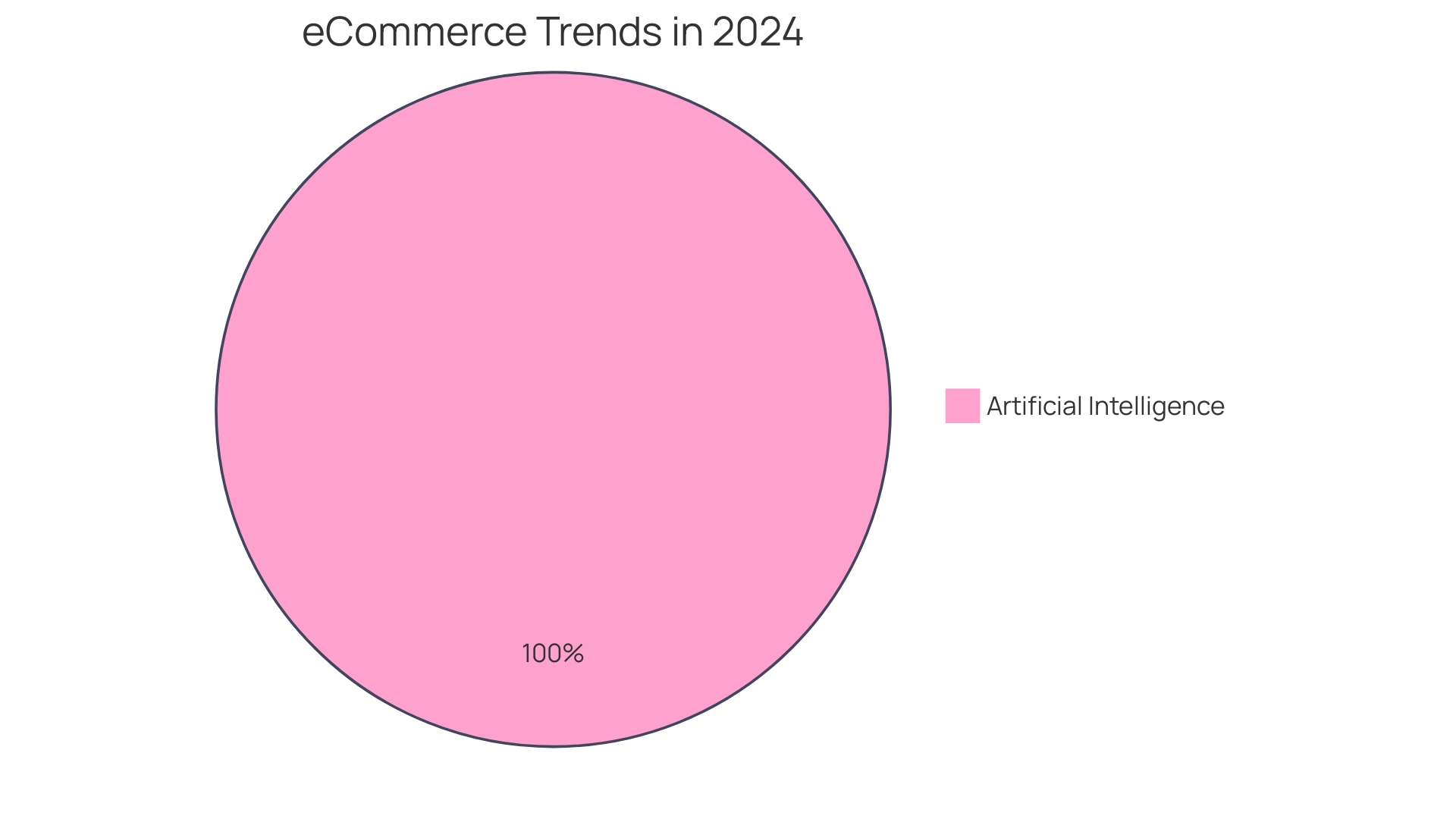
Secure Payment Gateway Integration and Order Management
Ensuring security in e-commerce application development is not just a priority, it's an absolute necessity. Incorporating payment gateways such as Stripe that are both trustworthy and secure can greatly enhance trust. Managing orders efficiently is equally crucial. A robust order management system can streamline the entire process, from tracking orders to managing inventory, and handling returns and refunds, thus fortifying customer loyalty.
With more than 2.14 billion individuals engaging in online shopping, the stakes are elevated for digital trade platforms to deliver a smooth and safeguarded shopping process. Data migration and system integration are critical components of setting up an e-commerce platform that can handle the growing online shopper base effectively. Using secure storage methods for sensitive data, such as API keys and database credentials, is a fundamental step towards building a secure application.
An outstanding example of giving priority to the experience of the clients in payment processing is the incorporation of Stripe as a unified Payment Service Provider (PSP). This strategic move not only simplifies transactions but also enhances customer service by storing profiles, billing, and tax information.
The growth of social commerce further highlights the requirement for online shopping platforms to provide a customized and secure checkout process. As Mike Sedzielewski of Voucherify puts it, integrating APIs into e-commerce projects can profoundly impact the speed of development and the quality of the software architecture. This approach has enabled platforms to become trusted components in the tech stacks of major brands.
Marketplace payment processing is complex, involving multiple parties, and requires a secure yet user-friendly system. As e-commerce expands, developers encounter the task of establishing smooth, rapid, and secure payment procedures, while additionally delivering a customized interaction to minimize cart and checkout abandonment rates.
Personalization and Customer Engagement
To truly distinguish oneself in the digital marketplace, creating a tailored experience for each client is crucial. Take Spotify's approach, for example. They dedicate a significant portion of their homepage to playlists influenced by user listening habits, which comprises nearly half of their total listening time. This principle of curated content, although not a direct online business strategy, highlights the significance of directing clients through a conceivably overpowering catalog.
Personalization extends far beyond product recommendations. It's about cultivating a sense of value and recognition in customers. Consider the success story of Filson, which, through Bamboo's growth insights service, built a customizable forecasting model that allowed them to predict e-commerce sales with astonishing accuracy—up to 99.6% for the 2023 Holiday Season. This is a testament to the power of data-driven personalization.
The ongoing trend of 'phygital' interactions also says a lot about the necessity for customization. Keith Kirkpatrick of The Futurum Group emphasizes the significance of being present across all channels, delivering personalized experiences that prioritize client convenience and expectations.
Elizabeth Tobey from NICE highlights the significance of engaging with individuals on their preferred communication channel, indicating a transition from the conventional in-store or phone interactions to a more dynamic, digital-first approach.
Moreover, the McKinsey report reveals that personalization can lead to significant financial gains, with US companies potentially generating $1 trillion more by enhancing their personalization efforts. A staggering 75% of business leaders acknowledge personalization as a key factor in their success, noting a higher consumer satisfaction rate compared to businesses that do not personalize.
In conclusion, personalization isn't just a fleeting trend; it's a strategic imperative that can profoundly impact customer satisfaction, brand loyalty, and ultimately, the bottom line.
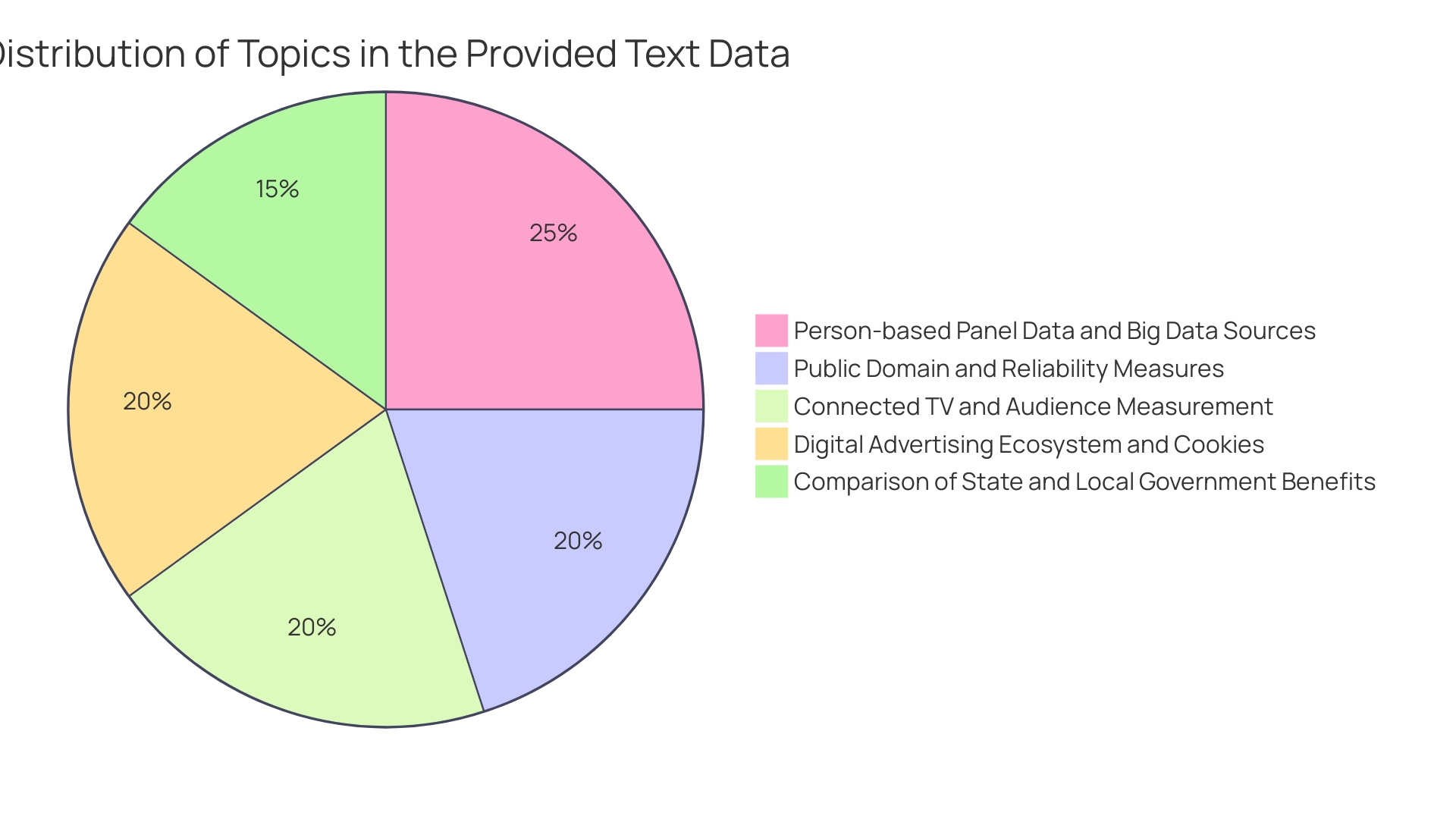
Scalable Architecture and Cross-Platform Compatibility
To guarantee your e-commerce app stays adaptable amidst growth and a surge in demands, it's vital to create a scalable architecture that mirrors the success of leading retailers. Take a cue from Dunelm Group plc, a homewares giant whose digital platform acquires over 400 million sessions annually, contributing to a substantial 35% of its revenue. Emulating their approach means considering a shift to a microservices architecture, particularly for the frontend layer that underpins high-revenue streams.
Incorporate innovative features, like a label system that allows for dynamic content management across different user segments—akin to a project that enabled editors from various US states to manage documents uniquely while sharing a common pool. This system not only streamlined document access but also introduced specialized stages such as Regulator for compliance checks, Staging for testing, and Integration for seamless frontend application content delivery.
Furthermore, embrace cross-platform compatibility to enhance your app's reach. As shown by the integration of Zippin technology in Dublin Airport's checkout-free store, compatibility across devices and operating systems can revolutionize customer satisfaction and accessibility. Walmart's foray into the metaverse with The Cultureverse, a virtual world celebrating hip hop culture, showcases the importance of leveraging new platforms to engage a broader audience.
Remember, scalability is not just about handling traffic spikes; it's about providing uninterrupted streaming content and seamless purchase experiences during peak sales times. As online shopping keeps expanding, with sectors such as Beverages, Food, and Tobacco Products flourishing in the digital realm, developing a flexible, multi-platform compatible application is crucial for attracting the constantly growing online customer base.
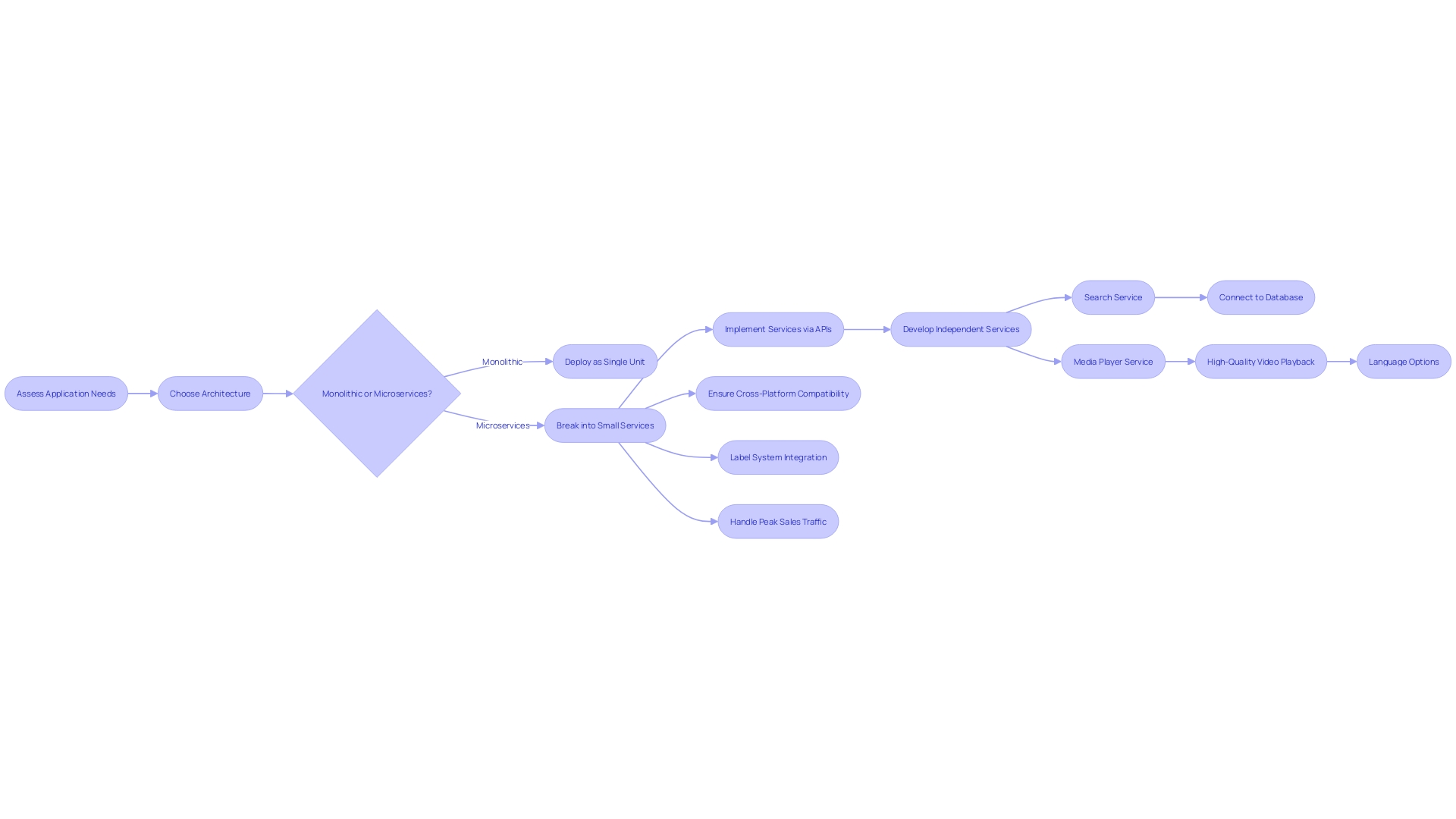
Regular Updates, Maintenance, and Feedback Loops
For e-commerce apps to thrive, it is essential to embrace a proactive approach to updates and maintenance. By meticulously analyzing app performance metrics, actively seeking customer feedback, and keeping a close watch on evolving market trends, businesses can pinpoint areas ripe for enhancement. An input loop is a strategic tool in this process, inviting individuals to contribute their insights and report any technical hitches. Such involvement not only enhances satisfaction but also stimulates the development of the app, guaranteeing it stays at the forefront of preference and technological advancement.
E-commerce is rapidly advancing, as seen in the realm of artificial intelligence, which is revolutionizing personalized shopping experiences. Companies like Chess.com, with its extensive customer base and dedication to serving the global chess community, showcase the importance of a strong IT infrastructure that adjusts to customer requirements. Similarly, sales events like Amazon's Great Indian Festival illustrate the significance of maintaining an agile and responsive online trading platform that can handle surges in user activity. By aligning app development strategies with the insights drawn from such successful ventures, businesses can create more responsive, efficient, and user-centric applications.
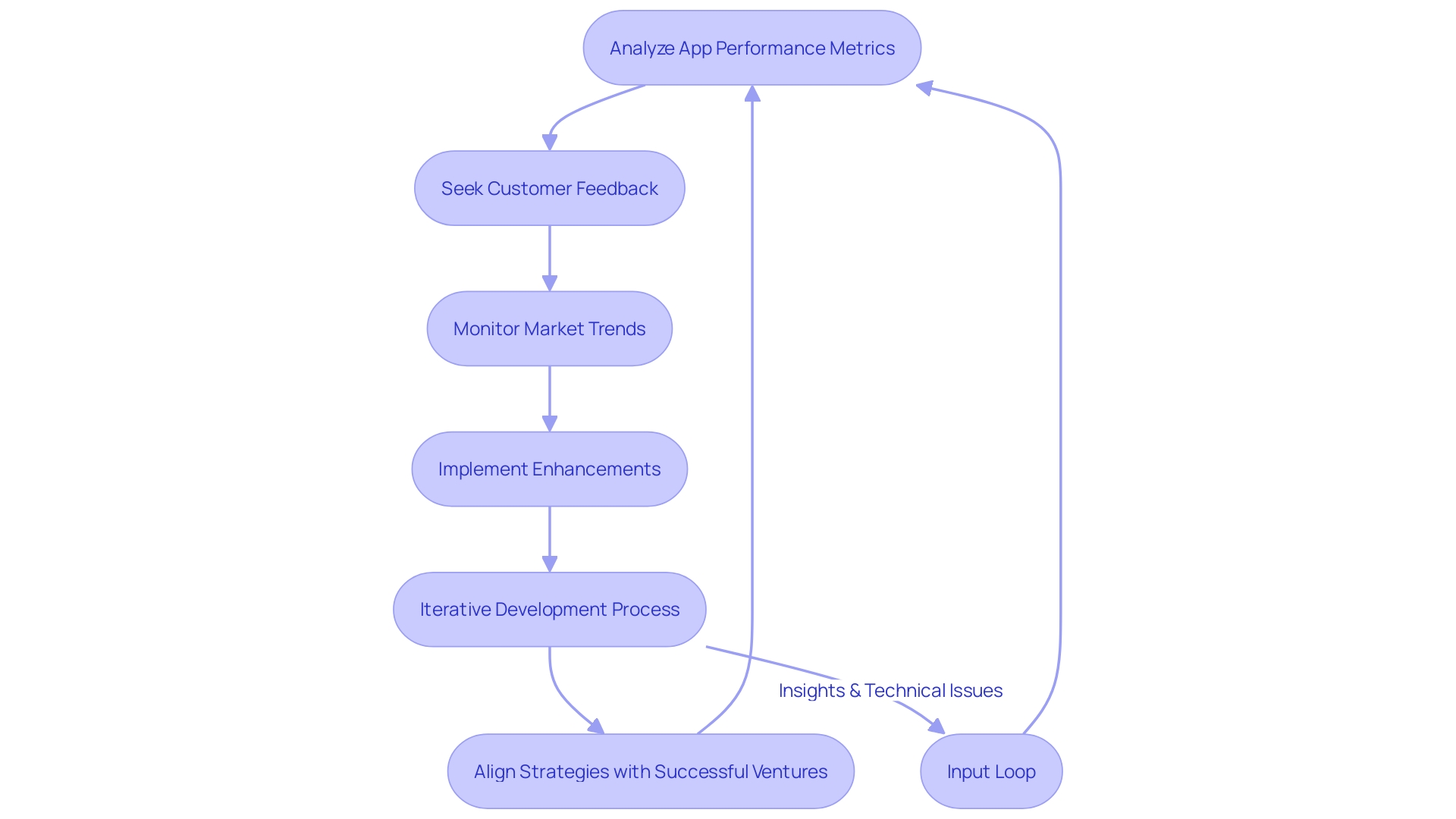
Social Media Integration and Brand Amplification
Harnessing the Power of Social Media in E-Commerce Apps: As we delve into the realm of social media's influence on e-commerce, it's evident that integrating social media sharing options into e-commerce apps isn't just beneficial; it's a critical strategy for success. The ability for individuals to share products, reviews, and promotions with their personal networks acts as a powerful multiplier for brand visibility and reach. A study by Smartly. Io reveals that consumers are increasingly shopping through social media, indicating a shift in the traditional shopping journey. To capitalize on this trend, a comprehensive and dynamic social media strategy is essential, one that engages users and seamlessly converts their social interactions into traffic and sales for your app.
By embracing the social commerce model, businesses can offer convenient 'Buy It' options directly within social networks, as seen in the growth of such features since 2015. This approach not only simplifies the purchasing process but also fosters a closer connection between the brand and the consumer. By examining the achievements of brands like Benefit Cosmetics, the integration of communication channels such as WhatsApp into the service provided to clients has the ability to enhance satisfaction and loyalty. Benefit Cosmetics has shown that providing clients with the capability to effortlessly handle appointments through WhatsApp can greatly enhance the experience.
In today's digital landscape, where an estimated six billion users will be active on social media by 2027 according to Statista, the potential for online business expansion through social platforms is immense. The journey of 'Dolly Chaiwala,' a tea vendor from Nagpur, Maharashtra, to social media fame underlines the transformative power of social media for businesses of all sizes. Furthermore, SCORE research corroborates that 77% of small organizations employ social media to boost sales, enhance customer service, and elevate brand awareness. Therefore, your online business application must not only be present in the social realm but flourish within it, utilizing every engagement to establish a more powerful, enduring brand.
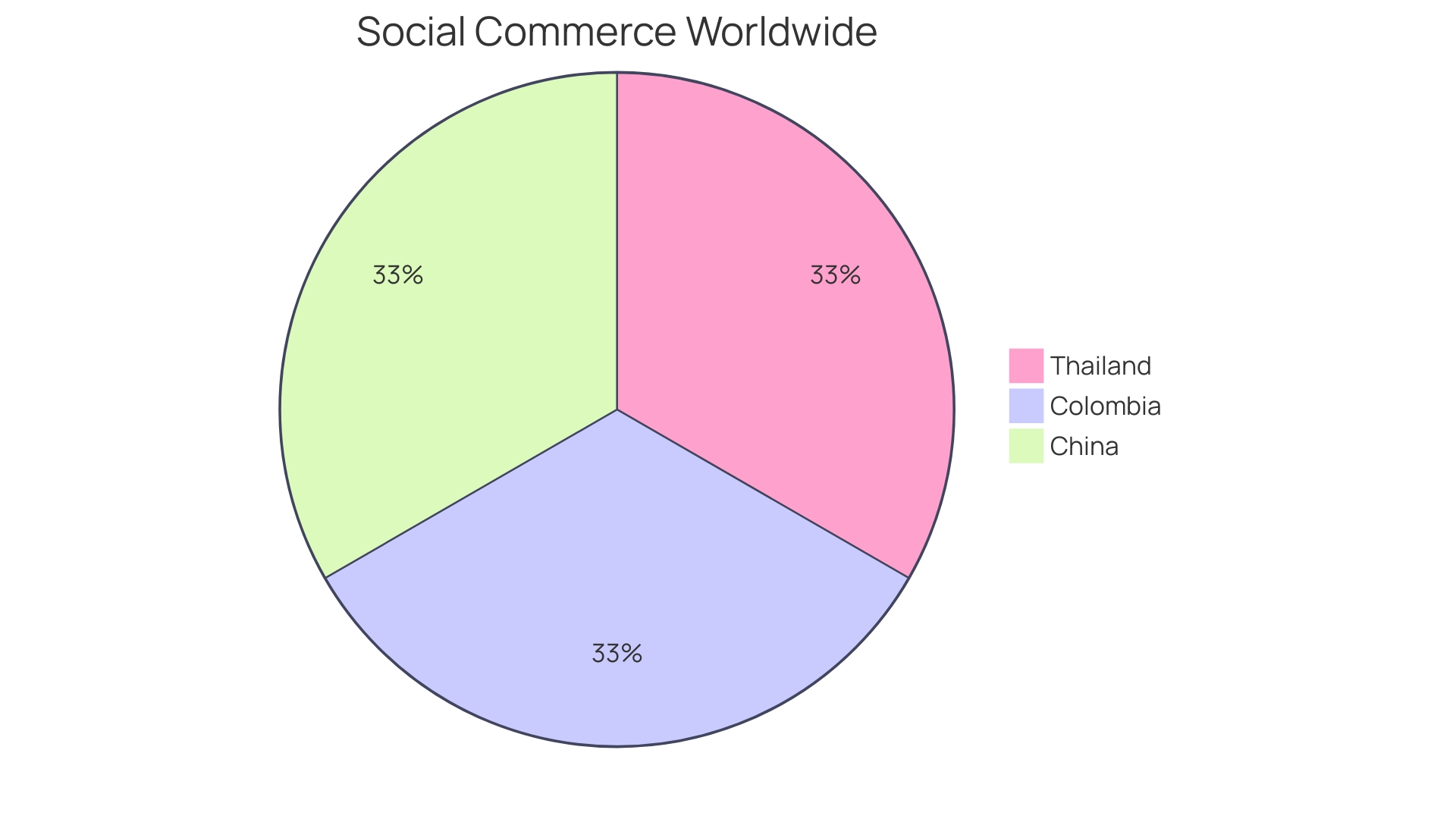
Best Practices for Successful E-commerce App Development
Creating a thriving e-commerce application is a journey through a landscape of innovation and precision. It begins by diving into market research to acquire a deep comprehension of customer behavior, which illuminates the way towards creating an application that connects with individuals. The essence of a successful app lies in its ability to provide a seamless experience for individuals and robust security measuresâthese are the cornerstones that instill trust and ease of use.
To distinguish oneself in the competitive online selling arena, an app must showcase vital features, such as user-friendly browsing and tailored shopping experiences, which cater to personal preferences and foster active participation. Moreover, scalability and cross-platform compatibility are critical for accommodating business growth and reaching a broader audience across different devices.
The iterative process of app enhancement, driven by feedback from individuals, ensures that the application evolves to meet emerging needs and preferences. This approach has been exemplified by companies like Facile Technolab, which, through collaboration and meticulous planning, delivered a bespoke software solution that addressed the unique challenges faced by small and medium-sized enterprises in the medical manufacturing industry. Their success story underscores the importance of custom software development in achieving business efficiency and scalability.
Moreover, recent advancements in online business, as observed with Amazon India's Great Indian Festival, emphasize the importance of seasonal sales events in stimulating consumer interest and enhancing sales. By forming strategic alliances and emphasizing on customer satisfaction, applications for online shopping can utilize such occasions to draw in fresh patrons and maintain current ones.
In conclusion, the confluence of in-depth market research, user-centric design, and continuous improvement forms the blueprint for e-commerce app success. By adhering to these best practices, businesses can craft applications that not only meet but exceed user expectations, fostering loyalty and driving growth.
Conclusion
Developing a successful e-commerce app requires a balance of innovation and precision. Understanding your niche and target audience is crucial for tailoring features, design, and marketing strategies to meet their specific needs. By honing in on their preferences, businesses can create apps that resonate with users and drive growth in the digital marketplace.
Key steps in e-commerce app development include crystallizing your vision, incorporating user-friendly interfaces, integrating secure payment gateways, optimizing performance, and implementing innovative marketing strategies. These steps, combined with continuous improvement and a keen eye for market opportunities, are essential for thriving in the competitive e-commerce landscape.
To stand out, your app must deliver an exceptional user experience and robust functionality. Must-have features include user registration, advanced product search, and secure checkout processes. Leveraging artificial intelligence and optimizing for mobile devices are also crucial for success.
User-centric design is paramount. Creating an app that is visually appealing and intuitive to navigate enhances user productivity and fosters loyalty. Regular usability testing and implementing user feedback are vital for refining the experience.
Security is a top priority. Integrating reliable payment gateways, efficient order management, and secure storage methods for sensitive data are fundamental steps. Prioritizing a personalized and secure checkout process is essential for building trust and loyalty.
Personalization is key to standing out. Embracing a scalable architecture, cross-platform compatibility, and regular updates and maintenance are crucial for staying agile and meeting market trends.
Integrating social media sharing options and adopting a comprehensive social media strategy can enhance brand visibility and reach. Leveraging social media for personalized experiences can drive traffic and sales.
In conclusion, by following these best practices and aligning strategies with market research, businesses can create thriving e-commerce apps that exceed user expectations. Continuous improvement, personalization, and proactive updates and maintenance are vital for success in the competitive e-commerce landscape.
Ready to develop your own successful e-commerce app? Contact us now!





